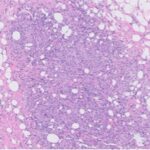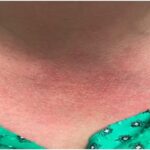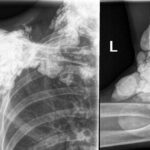Akiko Iwasaki, PhD, Receives the 2022 Lupus Insight Prize In June 2022, the Lupus Research Alliance (LRA) awarded its Lupus Insight Prize to Akiko Iwasaki, PhD, for her discovery of the link between endogenous retroviruses and systemic lupus erythematosus (SLE). Dr. Iwasaki, who is a Sterling Professor of Immunobiology and a professor of dermatology,…









